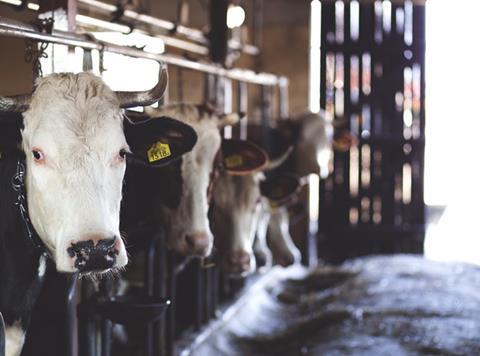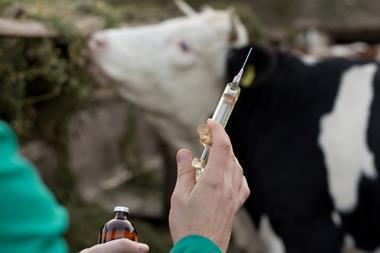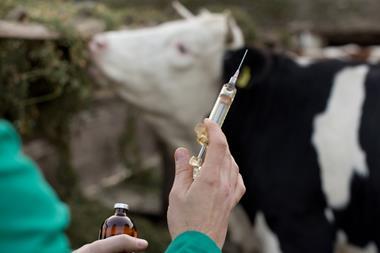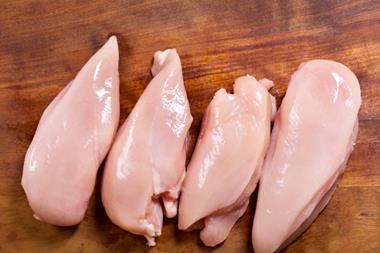
British farmers should be commended for their efforts to reduce antibiotic use in livestock. Veterinary sales of the drugs fell another 18% last year – according to the latest data from the VMD – which represents a 40% drop since 2013. It means the UK is now one of the lowest users of antibiotics in livestock in Europe.
It’s a laudable achievement, but as the Responsible Use of Medicines in Agriculture (RUMA) Alliance has pointed out, there is much more to be done to tackle the very real threat of antibiotic resistance.
While the pig and poultry sectors have made huge strides in gathering data on drug use over recent years, the cattle and sheep sectors are lagging behind on monitoring, meaning current data is unreliable at best. While it’s not surprising they are finding it a bigger challenge – given the more complex nature of their supply chains and the sheer volume of producers – it’s something they need to get a grip on urgently.
Read more: BSE case found on Scottish beef farm
According to the Animal and Plant Health Agency (APHA), there was an explosion of salmonella typhimurium infections in British sheep flocks during 2016, and the majority of cases were salmonella typhimurium DT104 – a highly virulent and drug-resistant form of the bacteria.
Fast forward two years and authorities have urged consumers to cook raw meat properly following a sudden surge in salmonella typhimurium infections in humans, which has been linked to lamb and mutton.
Public Health England says the strain responsible for the current human outbreak – which has so far left 300 people ill – is “fully sensitive to antibiotics commonly used” – which suggests it’s not DT104.
But there is clearly a growing problem with the bug, and the emergence of drug-resistant strains in British sheep is worrying to say the least.
In depth: After a series of breaches, can Red Tractor be trusted again?
As a parliamentary committee noted earlier this month, antimicrobial resistance poses a grave threat to human health. By 2050 it is estimated that AMR will kill 10 million people per year, more than cancer and diabetes combined.
Without doubt, there is much more that needs to be done to reduce antibiotics in human medicine. In the UK, human antibiotic use was 129 mg/kg in 2014 – which compares to 37mg/kg used in animals in 2017.
But the use of antibiotics in animals is still an important contributor to AMR, and something all sectors should be taking very seriously indeed.



















No comments yet